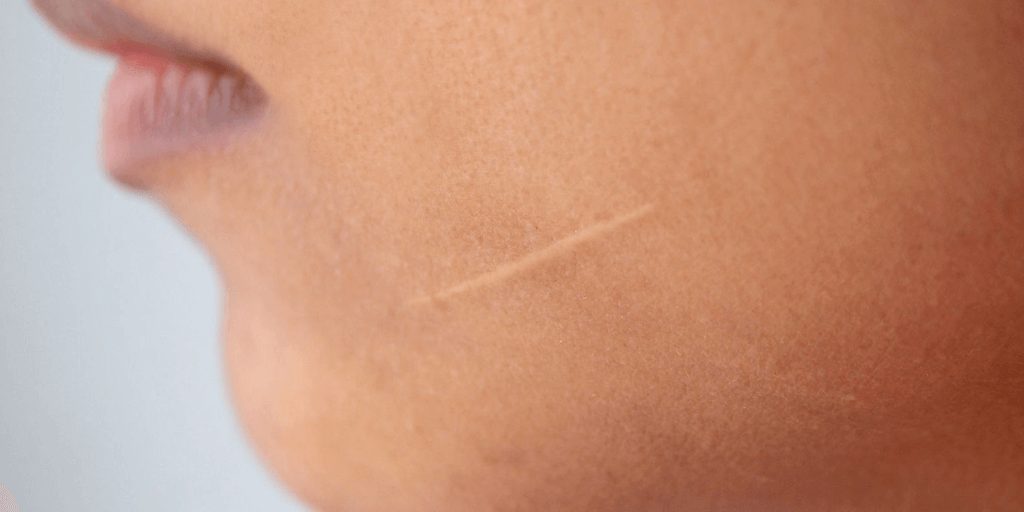Most often, facial scars form due to trauma or a burn accident. They can also appear as a consequence of unwanted inflammation or an infection in the skin after a plastic surgery procedure. Whatever the cause, facial scars, especially those that appear around the eyes, can cause significant aesthetic and functional impairment. Eyelid scars, in particular, can put the eye at risk of excessive dryness and cause irreversible corneal damage, not to mention the psychological stress that these scars may cause on the patient. Facial scars can prevent patients from making public appearances because of embarrassment or a sense of shame. The good news is that many treatments are available to improve the appearance of scars. The right treatment depends on several factors such as the size of the scar, its location on the face, and how much time has passed since the injury.
Preventing ugly scars after plastic surgery
After facial plastic surgery, if incisions become red, and your surgeon fears that the healing process has become aggressive, the best measures to preventing an unsightly scar include applying silicone sheets or anti-inflammatory ointments onto the incisions. Your surgeon may also want to inject steroids into the incision to decrease inflammation. This latter option only works if done during the first weeks post-surgery. It may be necessary to apply more than one injection over a few weeks, but in many cases, the results are impressive.
Additionally, massaging a raised or red scar after the second week is also effective in decreasing thickening. The massage is performed multiple times a day with the pulp of the index finger, using a steady and firm motion over the scar tissue. This exercise also serves to reduce the hardening of the scar. This is especially helpful after a reconstructive procedure around the eyes.
Revision of old facial scars
For older scars, i.e., those that are 6 months or older, patients have two alternatives – laser resurfacing and surgical scar revision. CO2 laser resurfacing works well to decrease the size and pigmentation of a scar. It does not make the scar disappear, but it does reduce its appearance. The wrong application of this technology can have serious consequences, especially when applied to the eyelid skin; thus, an experienced medical professional must perform laser resurfacing procedures to achieve satisfactory results.
Finally, when the scar is significant, or other alternatives have proven ineffective, surgical revision by a plastic surgeon becomes the best approach to treating unsightly scars. In most cases, the surgery is performed as an outpatient procedure under local anesthesia. If the scar is located around the eyes, an oculoplastic surgeon is your best and safest choice to obtaining an excellent result without compromising the integrity of the eye.











 |
|